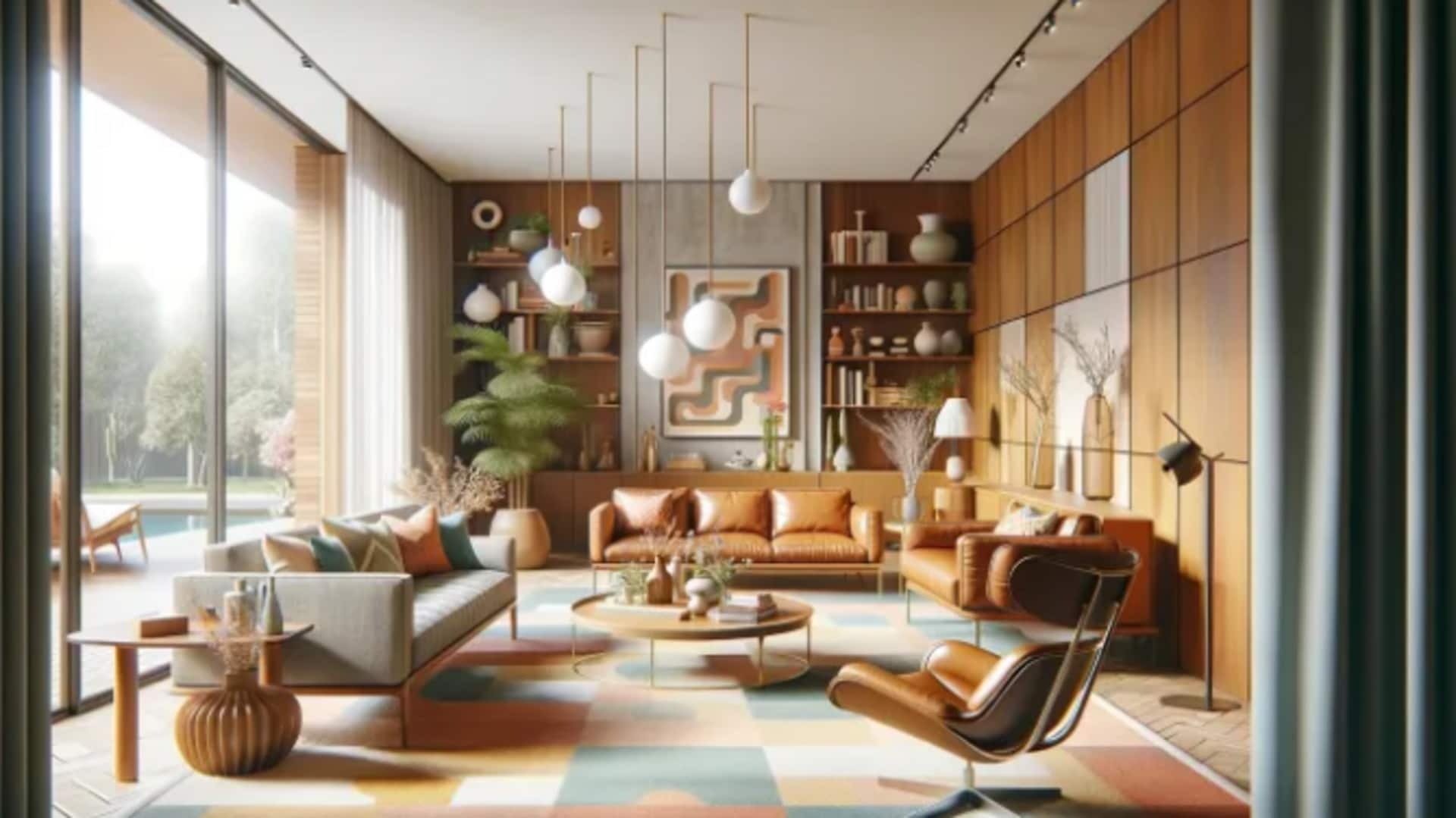
Unveiling mid-century modern charm with this decor guide
What's the story
Immerse yourself in the world of mid-century modern decor, a design philosophy that celebrates simplicity, functionality, and the allure of natural shapes. Popular from the mid-1940s to the late 1960s, this style continues to enchant homeowners with its timeless charm. Learn how you can integrate this iconic aesthetic into your home, creating a space that feels both classic and contemporary.
#1
Embrace organic and geometric forms
Mid-century modern design is renowned for its seamless integration of organic and geometric forms. Think of furniture with clean lines and gentle curves that mimic natural shapes. Incorporating pieces like an egg chair or a tulip table can instantly infuse your space with this design's essence. These elements not only serve functional purposes but also act as artistic statements.
#2
Let natural light flood in
One of the hallmarks of mid-century modern decor is the emphasis on letting natural light fill the space. Large windows, often unadorned or with minimal treatments, are a staple in achieving this look. They not only brighten up your home but also help blur the lines between indoor and outdoor spaces, creating a harmonious connection with nature.
#3
Mix materials wisely
This decor style celebrates the beauty of different materials coming together. Wood, metal, glass, and even plastic find their place in mid-century modern homes. The key is to balance these materials so that they complement each other without overwhelming the space. For instance, pairing a sleek glass coffee table with a warm wooden sideboard can create an inviting yet sophisticated atmosphere.
#4
Add pops of color
Mid-century modern interiors often lean towards neutral palettes, yet bold colors like mustard yellow, teal, and burnt orange are equally characteristic. These vibrant hues can breathe life into decor when used in moderation. Consider accent pieces such as cushions, vases, or artwork to inject color while maintaining an overall sense of balance. This method ensures the living space remains both timeless and fresh.